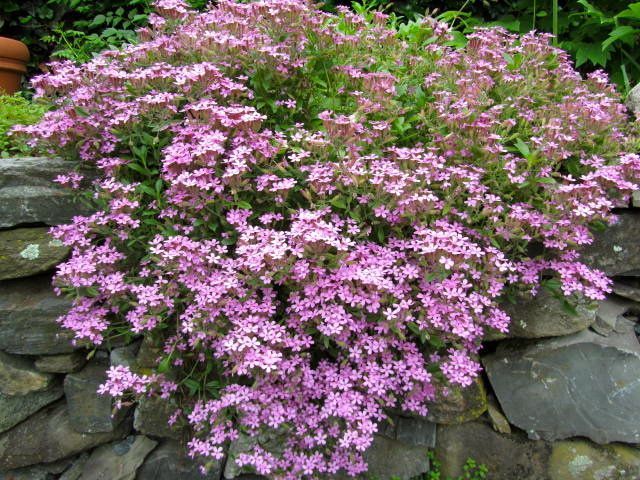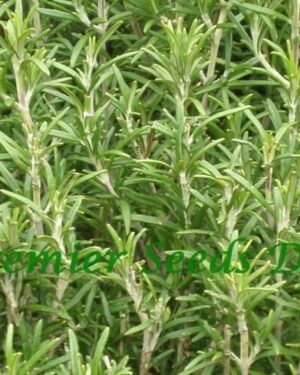Description
Soapwort Saponaria Ocymoides
Soapwort Saponaria Ocymoides. Commonly referred to as Soapwort, this is the creeping version that will reach no more than 10cm and spread around 40cm. A fantastic ground covers perennial creating a deep green carpet on rockeries or over walls with an outstanding display of deep-bright pink flowers in mid-summer.
Cultivation Advice
- Plant Soapwort in the spring after the last frost or in early autumn. Choose a location with well-draining soil and full to partial sunlight exposure.
- Soapwort prefers well-draining soil with moderate fertility. Incorporate organic matter like compost to improve soil structure and nutrient content.
- Ensure the planting area receives at least 6 hours of sunlight per day. It can tolerate partial shade but thrives in full sun.
- Plant Soapwort seeds or seedlings at least 12 inches apart. Seeds should be sown at a depth of about 1/4 inch in well-prepared soil.
- Water newly planted Soapwort regularly to establish roots. Once established, it’s relatively drought-tolerant but appreciates occasional watering during dry spells.
- Apply a layer of mulch around the plants to retain soil moisture and suppress weed growth. Maintain mulch a few inches away from the stems to prevent rot.
- Soapwort generally doesn’t require heavy feeding. A light application of balanced fertilizer in spring can aid growth.
- While Soapwort usually doesn’t need staking, taller varieties may benefit from support. Pruning after flowering helps maintain shape and encourages new growth.
- Soapwort is relatively resistant to pests and diseases. However, good air circulation helps prevent issues like mildew or rust.
- Soapwort works well with other low-growing perennials or in rock gardens due to its spreading nature.
- Soapwort’s delicate flowers attract butterflies and bees, enhancing garden biodiversity.
- Besides seeds, Soapwort can be propagated by division in early spring or autumn. Divide clumps every few years to rejuvenate plants.
- Regularly deadhead spent flowers to encourage continuous blooming. Dividing the plants every few years helps maintain vigor.
- Soapwort has been historically used for its saponin content to make soap. Harvest the aerial parts for this purpose but be cautious as saponins can irritate skin.
- Soapwort prefers well-draining soil but can tolerate various soil types, including sandy or rocky soils. It thrives in slightly alkaline to neutral soil with a pH range of 6.5 to 7.5.
- This plant is adaptable and can tolerate a range of temperatures. It performs well in temperate climates but can also withstand some heat.
- Once established, Soapwort is relatively drought-tolerant. Water deeply but infrequently to encourage deep root growth. Avoid overwatering, which can lead to root rot.
- A light application of organic compost in spring can benefit Soapwort’s growth. Avoid excessive fertilization, as it may cause leggy growth
- Regularly removing spent blooms helps maintain the plant’s appearance and encourages continuous flowering.
- Good air circulation and proper spacing between plants can help prevent fungal diseases. Avoid overhead watering to keep foliage dry.
- Soapwort’s nectar-rich flowers attract pollinators, making it a valuable addition to pollinator-friendly gardens.
- Soapwort is generally resistant to deer and rabbits due to its slightly bitter taste and saponin content.
- Soapwort’s spreading habit makes it suitable for ground cover in sunny areas or for naturalizing on slopes or rock gardens.
- Mulch around the base of the plant to protect the roots during winter. In colder climates, this provides insulation against freeze-thaw cycles.
- Use Soapwort along garden borders, in rock gardens, or as an edging plant for a lovely, low-growing display.
- Pair Soapwort with other low-growing perennials like sedums, creeping thyme, or dianthus for a harmonious and texturally diverse garden.










Reviews
There are no reviews yet.